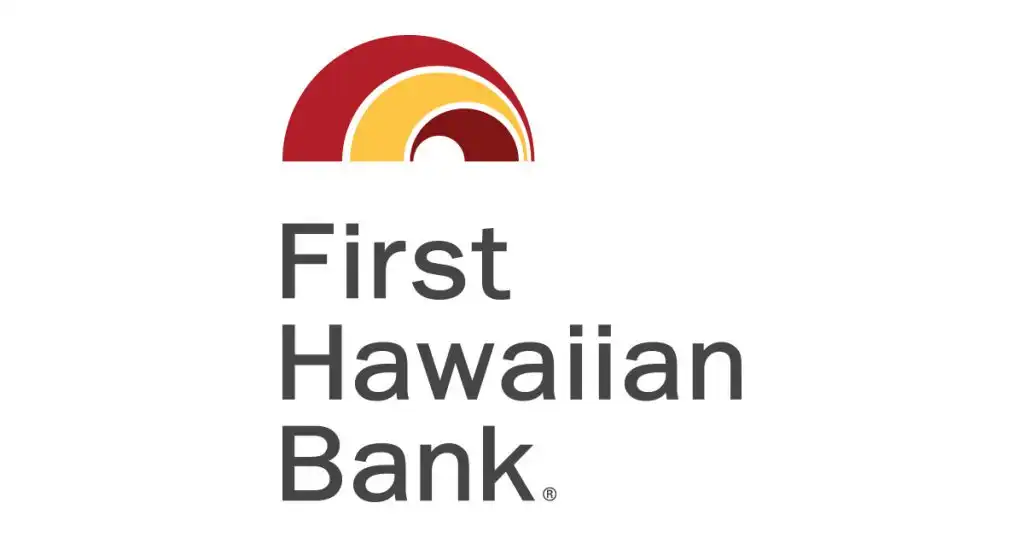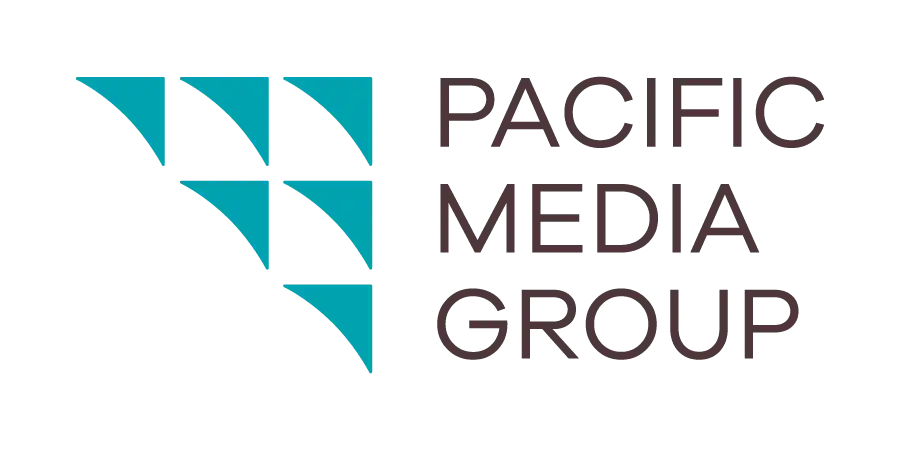State Water Commission takes positions on Red Hill water contamination emergency
The State Commission on Water Resource Management stands united alongside the Hawai‘i Congressional delegation and the Hawai‘i Department of Health calling on the Navy to immediately suspend operations at the Red Hill Bulk Fuel Storage Facility.
CWRM is also calling on the Navy to fully comply with the Emergency Order to begin the process of planning and executing the safe removal of fuel that continues to pose a threat to O‘ahu’s drinking water.
The stance was taken on Friday, after members received a four-hour long briefing on the Red Hill water emergency and another three-and-a-half hours of public testimony and Commission discussion, with over 160 written and oral testimonies.
The Water Commission reports it will use its full range of authority and capacity to work with stakeholders to monitor, evaluate, and enforce both short and long-term efforts and actions to eliminate the threat of the current Red Hill Bulk Fuel Storage Facility to O‘ahu’s water resource.
Commission Chair Suzanne Case said the situation has been concerning for years, and with the 2021 fuel leaks into the US Navy’s water system serving Joint Base Pearl Harbor-Hickam, “it’s an important and serious situation.”
CWRM is responsible for the protection and sustainable use of groundwater and surface water resources in Hawaiʻi, including water quantity and quality. Underground aquifers provide virtually all drinking water on Oʻahu. “There’s great concern that petroleum products from the Navy’s Red Hill Fuel Storage Facility and associated lines could contaminate underground water supplies across a large swath of the island,” according to CWRM.
Ernie Lau, the Manager and Chief Engineer of the Honolulu Board of Water Supply, told commissioners, “The reason we’re being so aggressive with this is because in a worse-case scenario contaminated water could spread throughout the entire system. This would not be isolated to a single location and will impact tens of thousands of customers. That’s why it’s so important to find out what is happening with the aquifer.”
Representatives from the Department of Health detailed ongoing multi-agency efforts to address the current emergency with the focus on aquifer recovery, remediation, monitoring, modeling, and mitigation.
The Commission received updates from Navy representatives, who pledged greater transparency and communications with regulatory agencies and the public. One commissioner commented, “We are concerned that DOH vehemently disagrees with the use of the models the Navy is suggesting, and we hope the dialog is more transparent and CWRM is at the table.”
CWRM staff have been deeply involved in numerous working groups and task forces addressing the current fuel leaks and efforts to mitigate them and restore clean drinking water supplies to tens of thousands of customers in the Pearl Harbor area.
Another commissioner pointed to a growing mistrust in the community with the Navy. A Navy representative stated, “That’s a concern of ours as well. We would like to have a good reputation. When it comes to the potable water distribution system, we are developing a better partnership with DOH and Environmental Protection Agency and their regulations to help ensure we are transparent and doing the right things.”
Chair Case said the Commission appreciates that the Navy is focusing on its flushing and distribution plan to make it safe for water recipients and to make sure water does not harm fish and birds in streams and wetlands. “The next stage of pumping water from underneath the surface of the shaft at a high rate to try and control migration of water, to make sure no fuel-contaminated water moves west, is urgent,” Case told the Navy representatives.
The bigger, long-term issue of eliminating the risks of contamination to the aquifer from the Navy system is what Case described as “very urgent.” In response to a question by Chair Case, Navy representatives told the Commission that they do understand the connections between what is coming out of the faucet and pipes, and the aquifers, forested watersheds, and rainfall, and pledged to continue working with other state, city and county, and federal agencies on fixing the current issues and preventing occurrences in the future.
Case concluded, “Our responsibility is to make sure this issue is watched closely including Pearl Harbor water planning and aquifer management. We need to maximize recharge and minimize draw downs.”
The Commission also approved the establishment of a Permitted Interaction Group of up to three Commissioners who will be appointed by the Chairperson.









